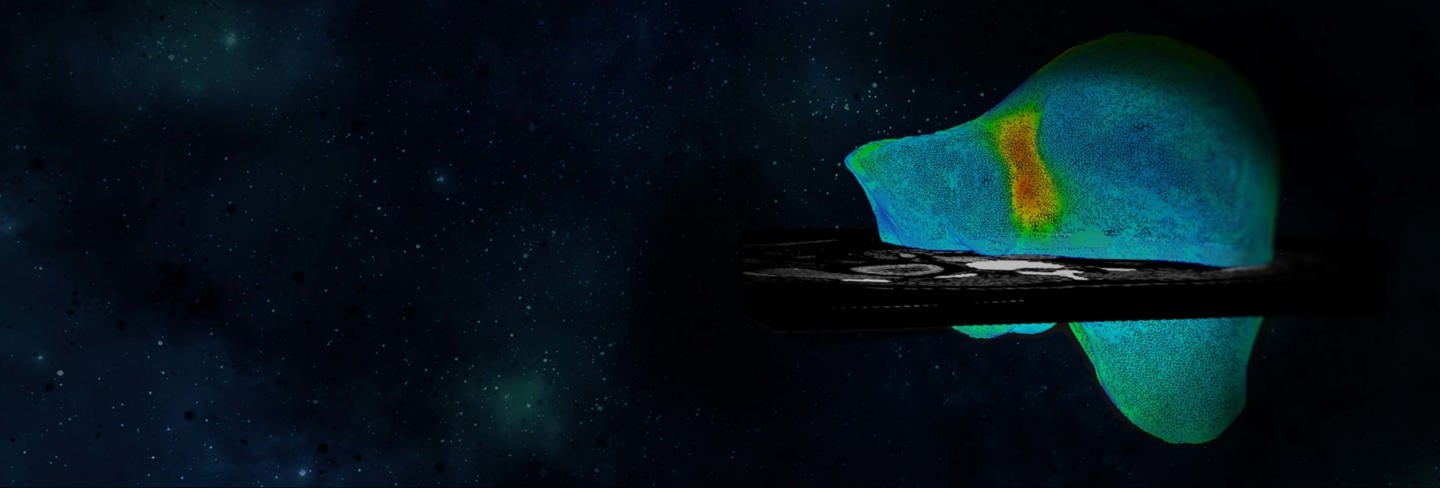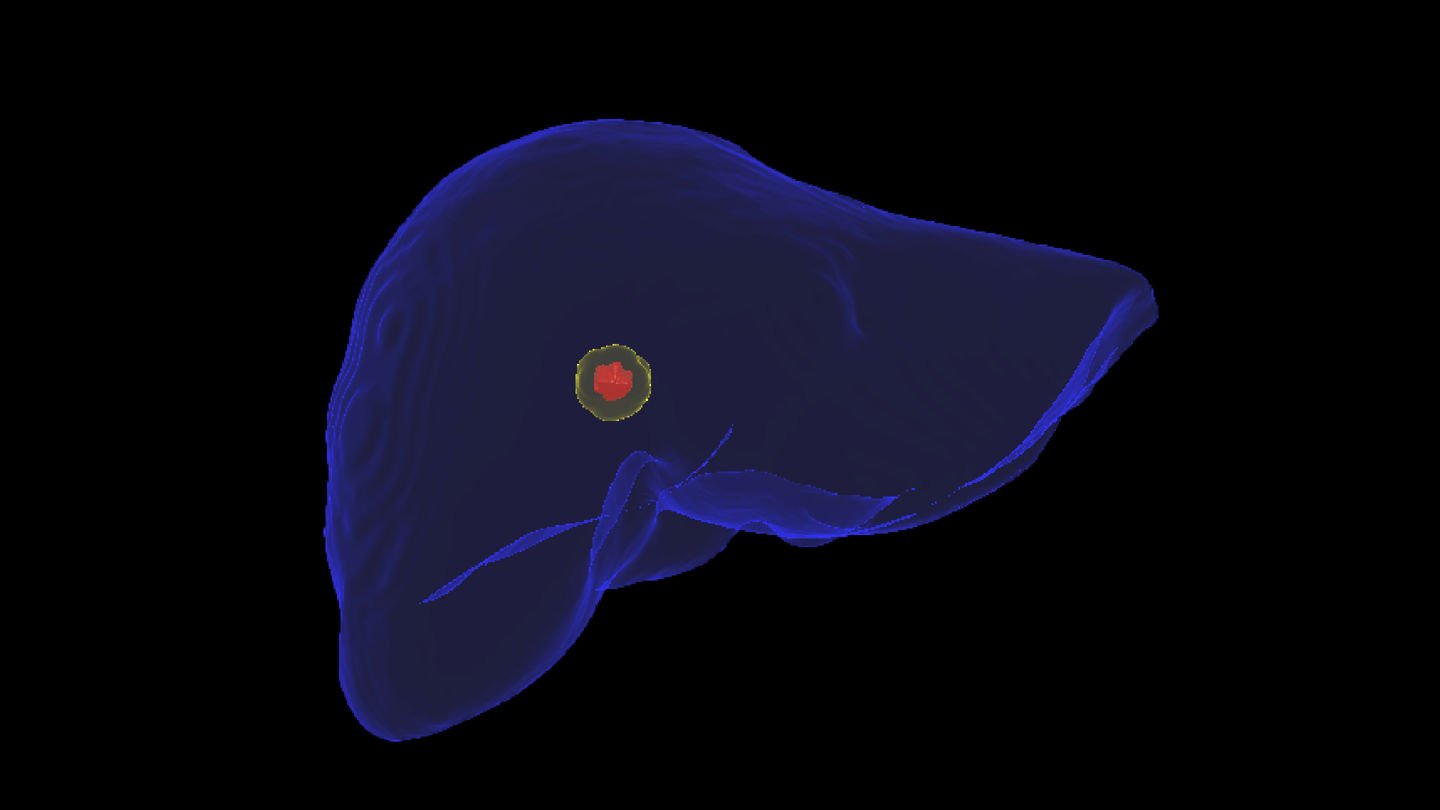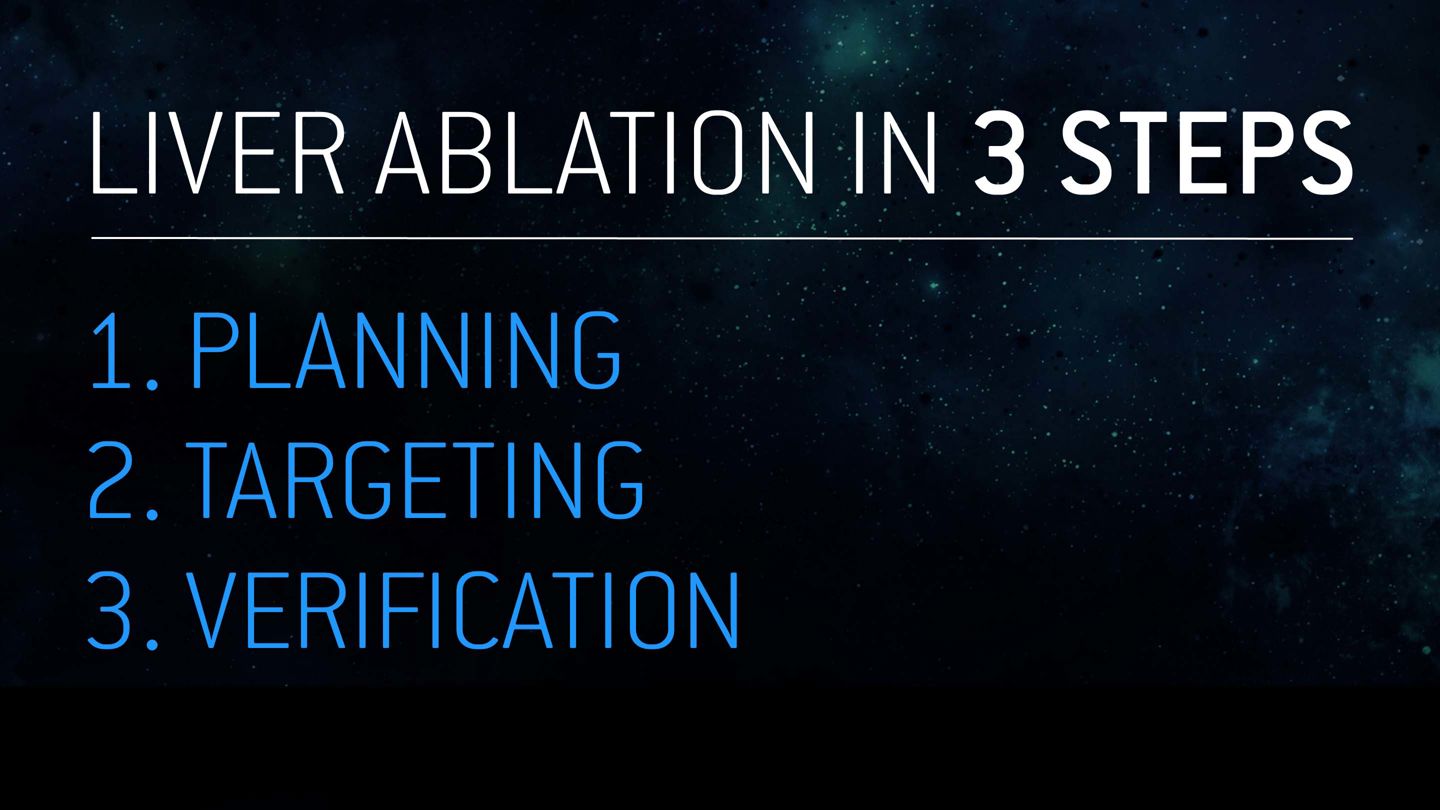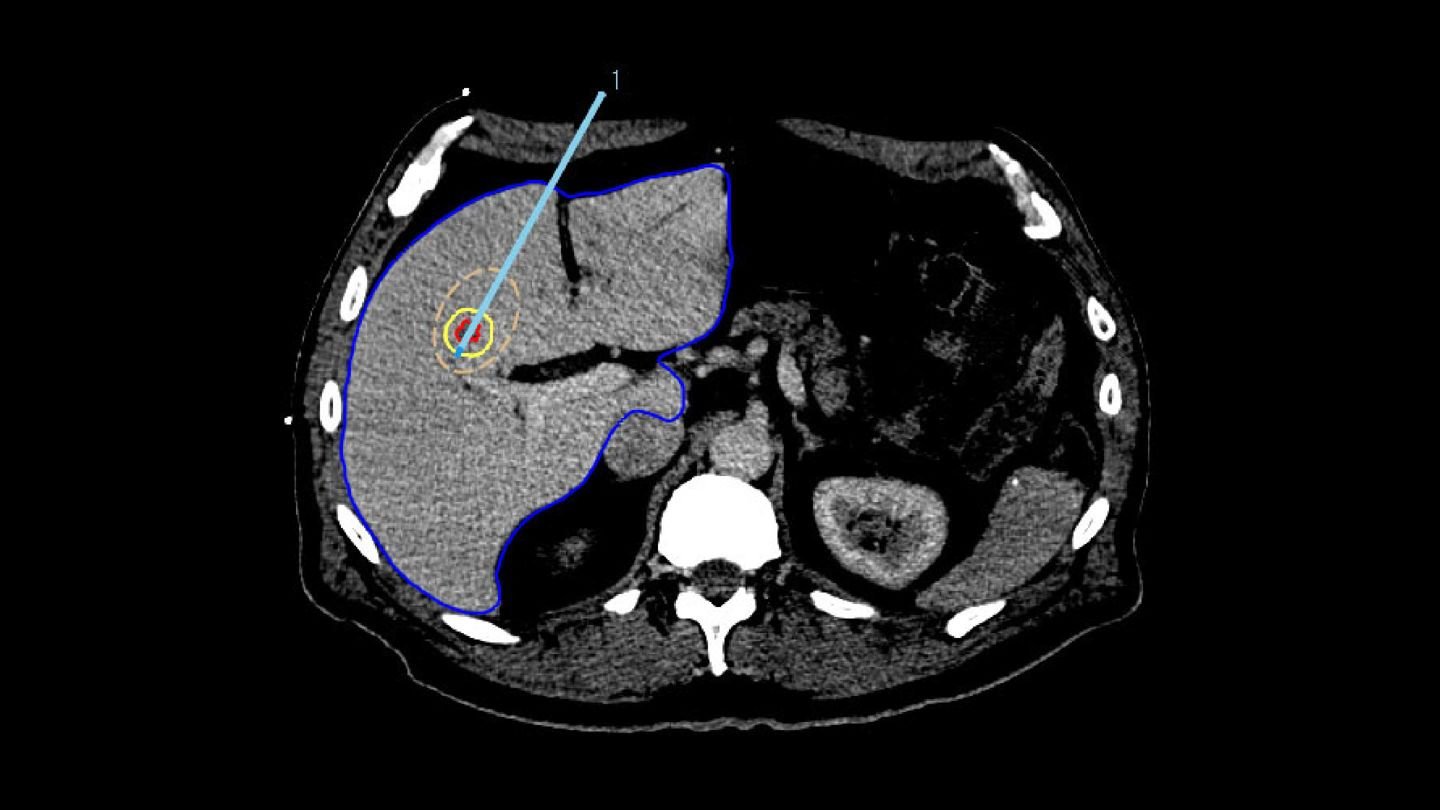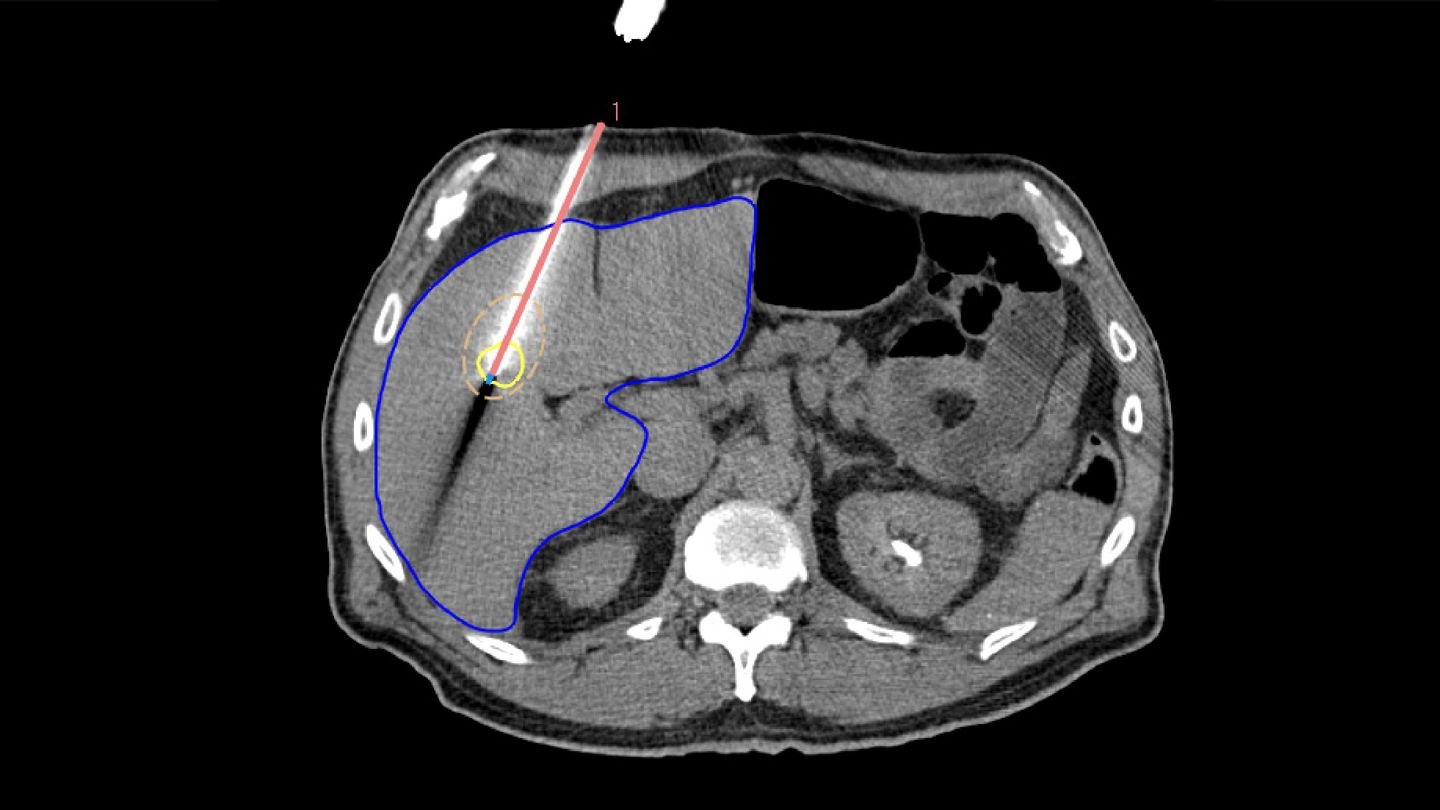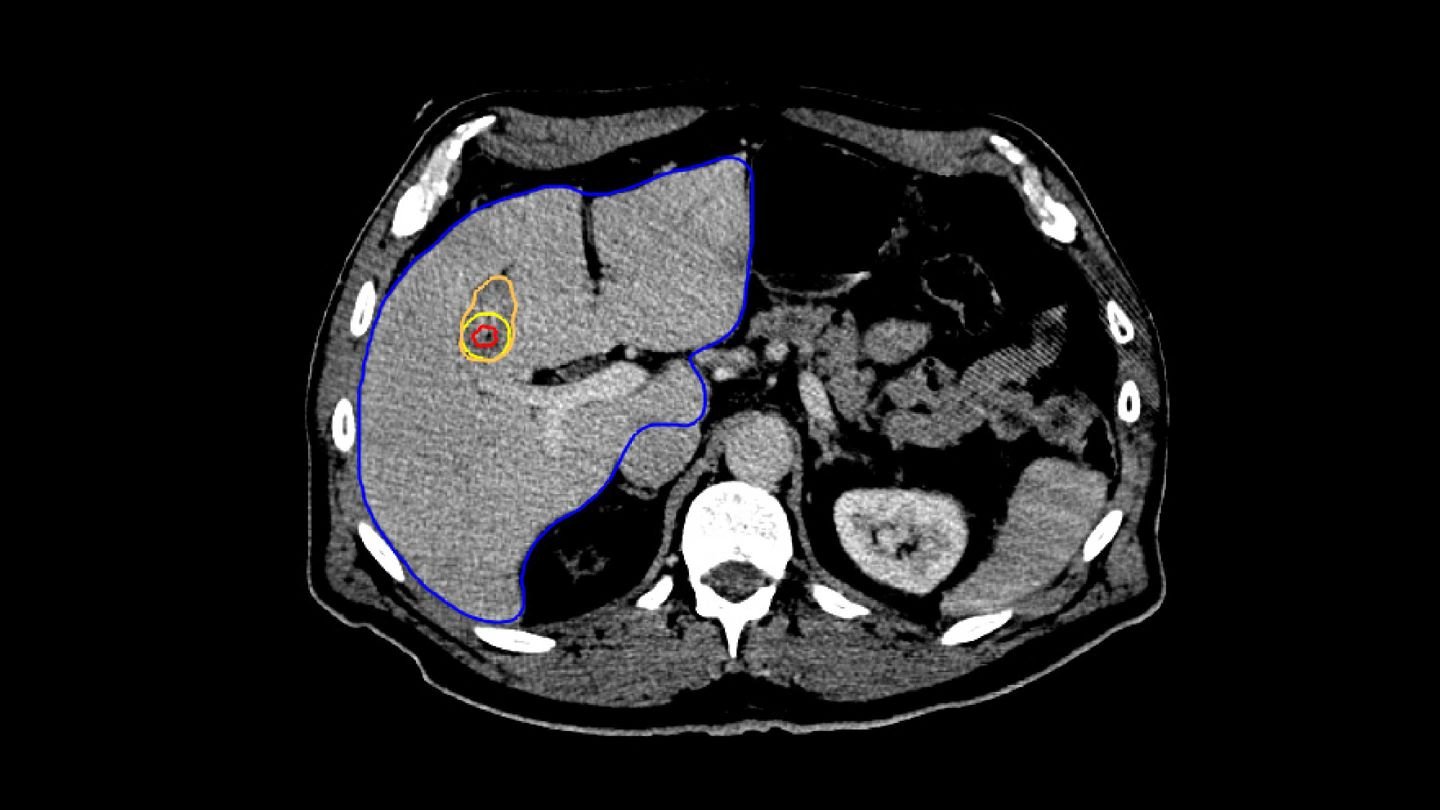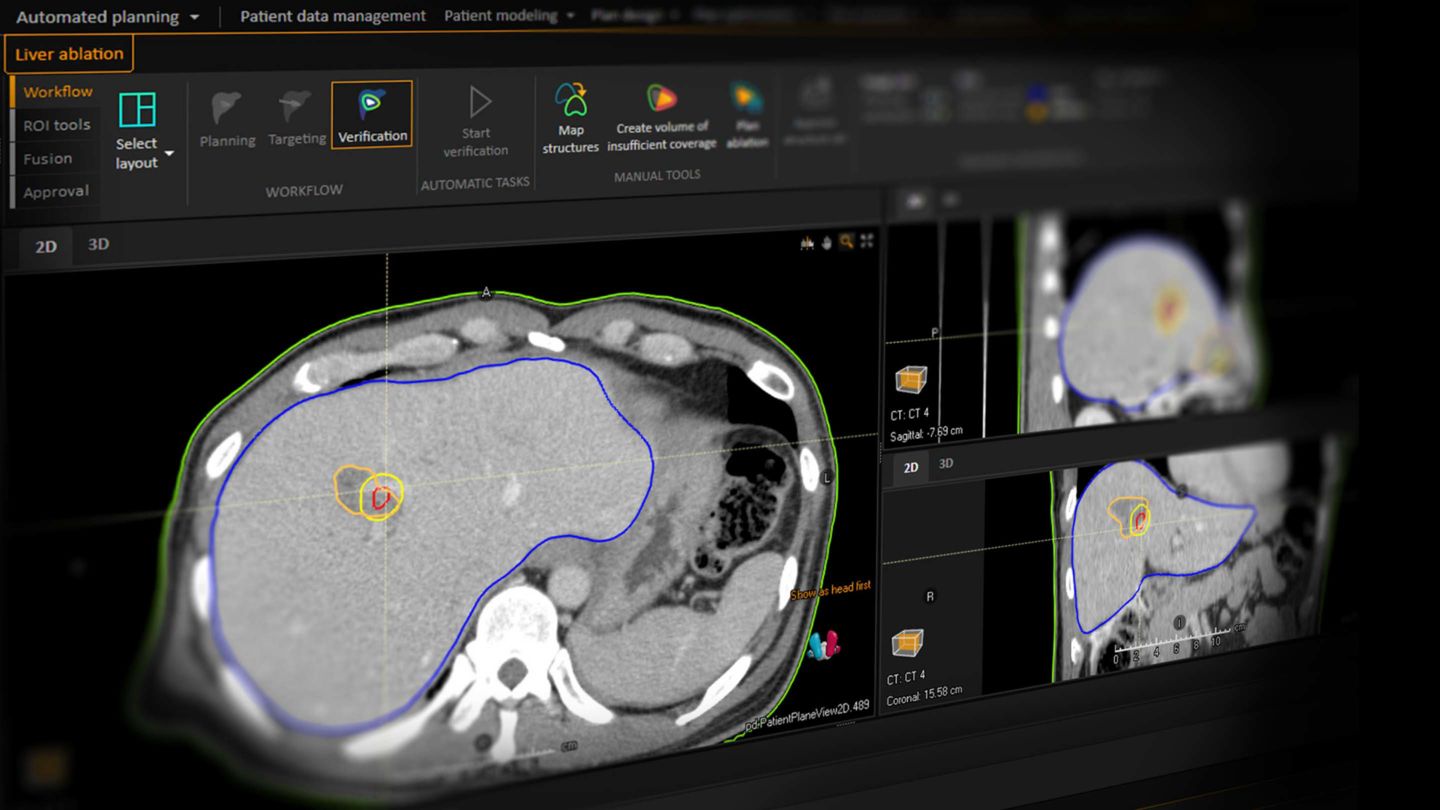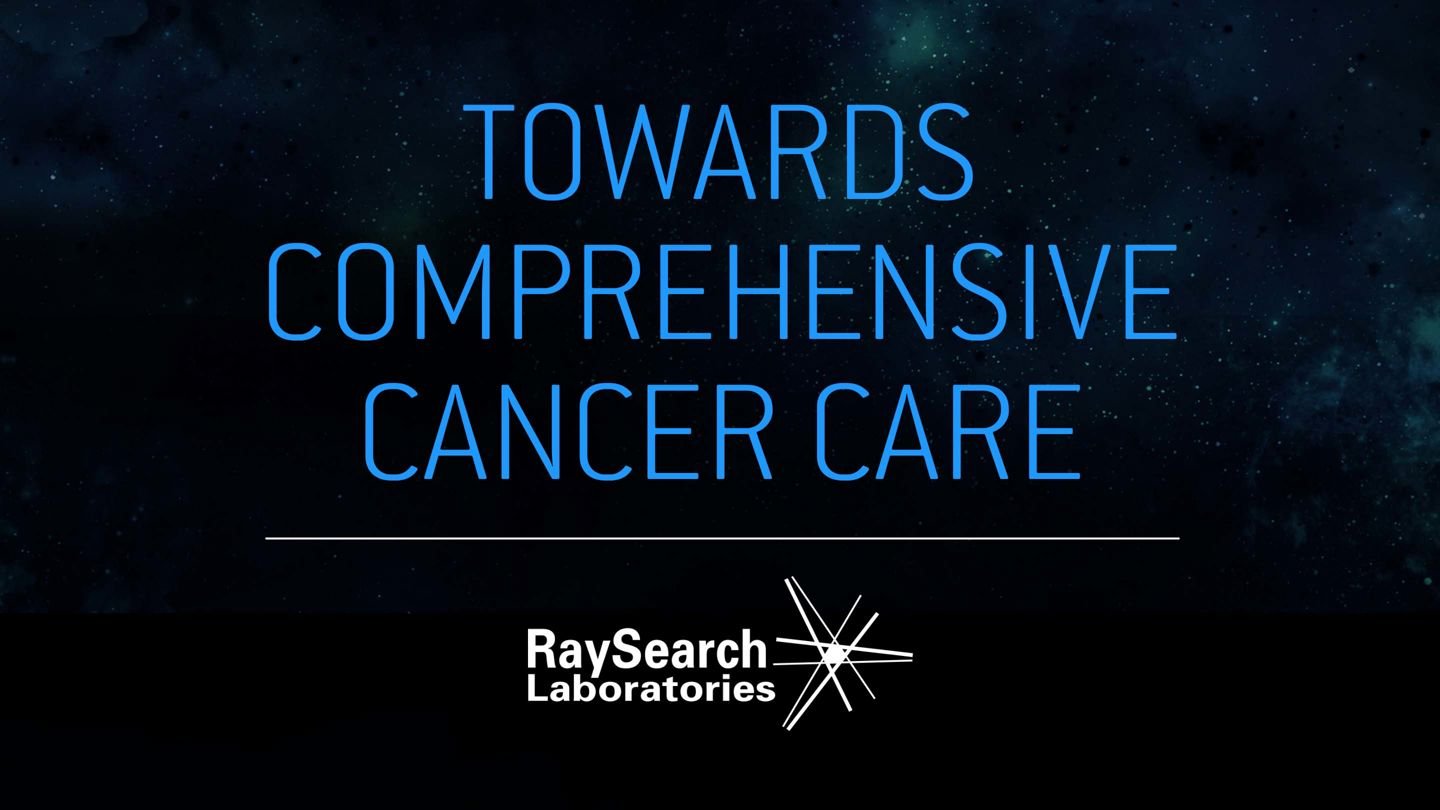RaySearch takes another step forward in defining comprehensive cancer care by introducing the Image-guided Liver Ablation module*. With the existing tools in RaySearch products, integrating liver ablation was a natural fit, further expanding the range of supported cancer treatment techniques.
All of this is in pursuit of the same comprehensive goal: raising the standard of patient care.
*The module is in an ongoing development phase.
